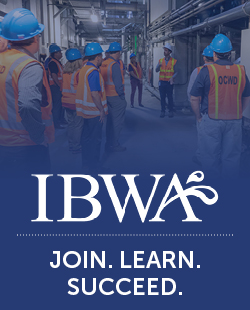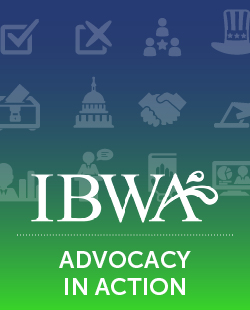Bottled Water Production
Bottled Water Production
All bottled water products — whether from groundwater or public water sources — are produced utilizing a multi-barrier approach.
That multi-barrier approach helps protect everything from source to finished product, including storage, production, and transportation equipment, from possible harmful contamination. Many of the steps in a multi-barrier system are effective in safeguarding bottled water from microbiological and other contamination.
Measures in a multi-barrier approach may include one or more of the following: source protection, source monitoring, reverse osmosis, distillation, micro-filtration, carbon filtration, ozonation, and ultraviolet (UV) light.
Bottled water is highly regulated
Bottled water is comprehensively regulated by the U.S. Food and Drug Administration (FDA) as a packaged food product, and it provides a consistently safe and reliable source of drinking water. Tap water is regulated by the U.S. Environmental Protection Agency (EPA). By federal law, the FDA regulations governing the safety and quality of bottled water are as stringent as the EPA standards for tap water. And, in some very important cases like lead, bottled water regulations are substantially more stringent.
Learn more about the FDA regulations that govern bottled water.
Testing
On a gallon-for-gallon basis, bottled water is tested up to 36 times more frequently than tap water for nearly all of the same contaminants.
With regard to daily testing, there are subtle differences between testing at a bottled water plant and a public water system (PWS) treatment plant. Bottled water facilities use water from protected underground sources, such as springs or artesian aquifers, as well as from PWS. Both bottled water and PWS plants typically test more frequently than the minimum number of samples required each month by respective FDA and EPA regulations, often on an hourly basis.
Learn more about bottled water testing.


